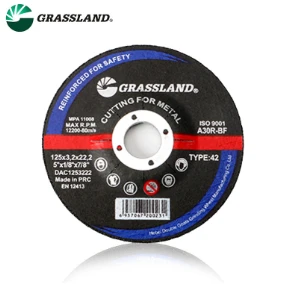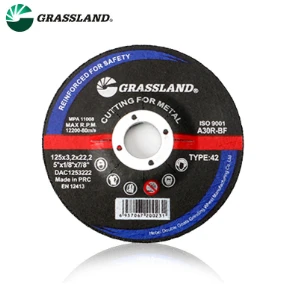

The flap density, or the number of flaps per disc, determines the disc's cutting capability and lifespan. A higher density offers longer usage due to more abrasive material available over time; however, it may result in less aggressiveness. Conversely, a lower flap density may wear out faster but provides a sharper, more aggressive cut, ideal for rapid stock removal tasks. Understanding these subtleties allows for optimizing performance and achieving precise finishes on your workpieces. Safety is equally vital when operating a 120 grit flap disc. The speed of rotation should always conform to recommended RPM ratings, ensuring the disc doesn't break under excessive force. Wearing appropriate personal protective equipment, such as goggles, gloves, and dust masks, is essential to protect against flying debris and dust inhalation. Maintaining these precautions not only keeps you safe but also reinforces the credibility and professionalism of your operations. Acquiring expertise in using a 120 grit flap disc also involves attention to proper storage and maintenance. Keeping discs in a cool, dry place prevents moisture absorption that can lead to warping or delamination over time. Additionally, periodic inspection for wear and damage before each use ensures optimal performance and safety compliance. Ultimately, the value of a 120 grit flap disc lies not only in its ability to produce an impeccable finish but in the skillful application and knowledge of its use. Professionals who master its intricacies can achieve unparalleled results, setting a standard in craftsmanship that speaks to expertise and authority in the field. By integrating these insights into daily practice, one can authentically enhance the quality and efficiency of their work, fostering a reputation of trustworthiness and professionalism in their industry.
Post time:Feb - 20 - 2025

















